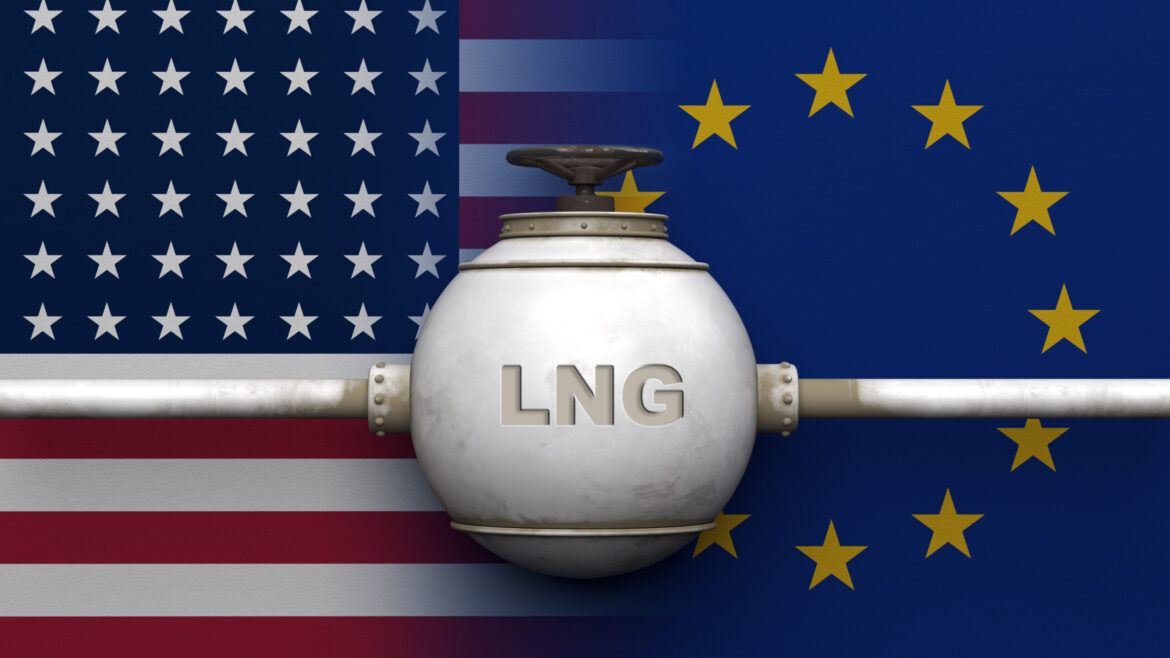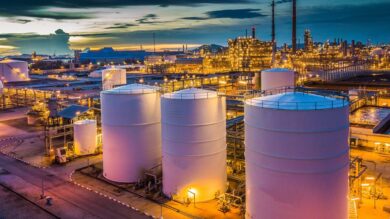The Pause in LNG Export Authorizations
The U.S. Department of Energy recently announced that it would pause its review of applications to export liquefied natural gas (LNG) to non-free trade agreement (NFTA) nations. The announcement triggered a deluge of misinformation, including overheated claims that the department was “stopping LNG exports.” Given the exaggerated claims circulating about this policy, it is appropriate to clarify how this announcement will affect U.S. LNG supply projects over the coming years.
What it Means (And What it Doesn’t)
In the short term, the pause in new project approvals will have little effect on U.S. gas markets. LNG exports from existing facilities will continue, and new LNG terminals currently under construction will continue to come online through roughly 2028.
Despite limited short-term effects, U.S. gas consumers could see long-term benefits from the pause. The pause will give policymakers an opportunity to reassess whether continued rapid growth in exports—and the potential for deeper disruptions to U.S. gas markets, higher climate- warming pollution from methane consumption and leakage, and local environmental impacts from LNG facilities—is truly in the public interest.
New LNG Projects Will Face Additional Scrutiny
Longstanding U.S. law prohibits gas exports that aren’t in the public interest, but the studies that the Department of Energy relies on to evaluate LNG exports are out of date. The most recent economic study was published in June 2018, at the infancy of the U.S. LNG boom, and it failed to foresee the dramatic spike in U.S. gas prices that LNG exports caused in 2021 and 2022.
The pause will affect projects that have applied for, but not yet received, NFTA export authorization. This pause will delay the Department of Energy’s review of several high-profile LNG export projects, including Venture Global’s CP2 project, the Lake Charles LNG project, Commonwealth LNG, and Magnolia LNG, as well as proposed expansions of Corpus Christi LNG, Elba Island LNG, and Calcasieu Pass LNG.
The pause could affect projects that might apply for NFTA export authorizations over the coming months. Several LNG export projects—including an expansion of Sabine Pass LNG, which is already the nation’s largest LNG export terminal—have begun pre-filing activities with the Federal Energy Regulatory Commission. LNG developers have proposed many additional facilities, as well. If these projects choose to apply for NFTA permit authorizations in the coming months, those applications will not be considered until the pause is lifted.
Most Existing and Planned Export Capacity Is Unaffected
The pause has no effect on U.S. LNG facilities that are currently operating. There are seven LNG export plants in the continental U.S., with a combined capacity of approximately 12.3 billion cubic feet per day (Bcf/d) of gas. The pause on new export authorizations has no effect on these existing facilities.
Despite the pause, U.S. LNG export capacity is set to nearly double within the next five years. Counting existing projects, five U.S. projects under construction and two projects under construction in Mexico that would be sourced with U.S. gas, the U.S. is slated to nearly double LNG export capacity by the end of 2028. The pause will not change this trajectory.
Some new projects could move forward despite the pause. The Department of Energy has already issued NFTA export authorizations to several proposed LNG export projects in the U.S.
and Mexico. Despite the pause in new export authorizations, these already-approved projects could move forward if they are able to secure construction financing.
Rapid growth in LNG exports has hurt U.S. consumers. During 2021 and 2022, LNG exports caused U.S. gas prices to skyrocket. As Russia trimmed gas shipments to Europe in late 2021, Europe dramatically ramped up its LNG purchases, driving global LNG prices to all-time highs.
A surge in U.S. exports created a shortfall in domestic gas supplies, sending U.S. prices to their highest levels in more than a decade. All told, the price spike caused by U.S. LNG exports cost U.S. natural gas consumers approximately $111 billion.
1 New Fortress Energy’s Altamira Fast LNG, a Mexican project sourced with U.S. gas, is under construction but has not received a NFTA export authorization. If completed, the project will still be able to export LNG to the U.S. (including Puerto Rico) and to countries with which the U.S. has signed a Free Trade Agreement.




